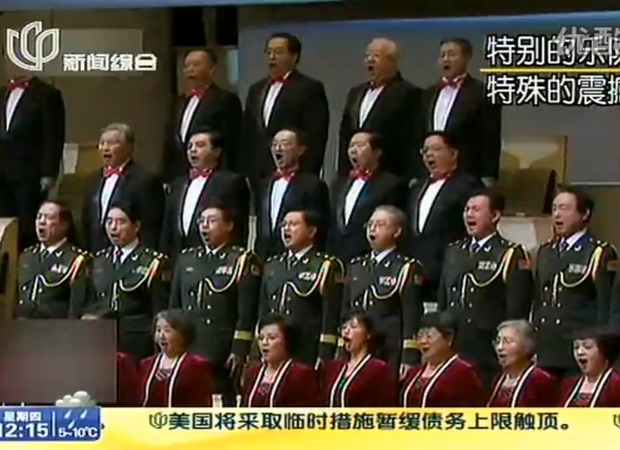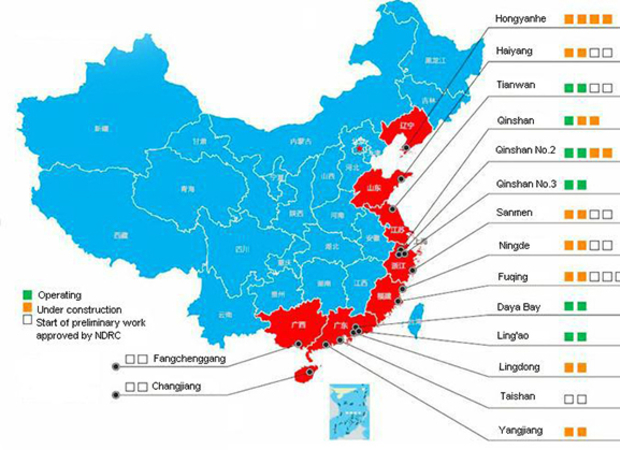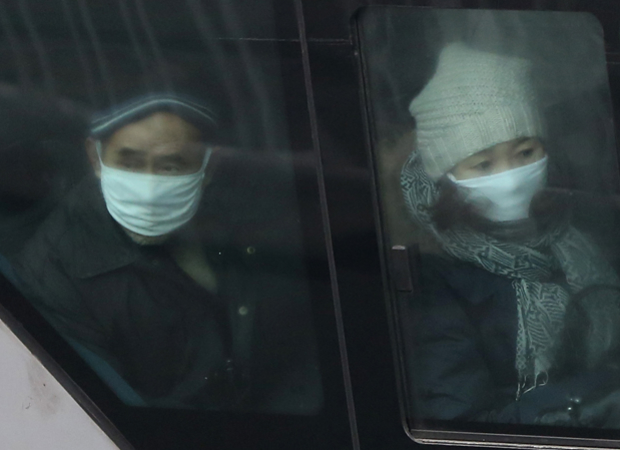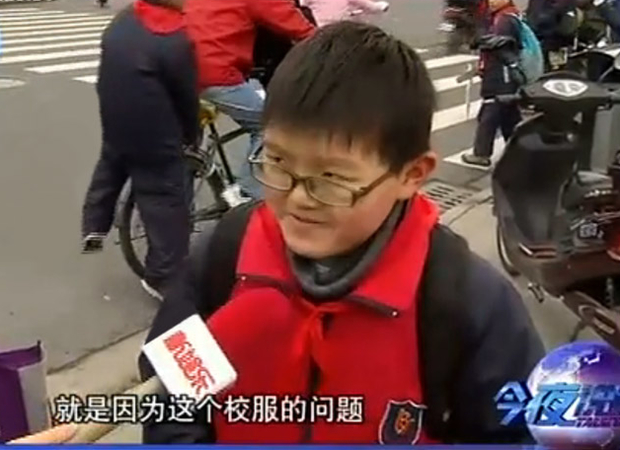Challenged in China
The Shifting Dynamics of Censorship and Control
on February 28, 2013
As Xi Jinping takes office as president of China, the citizenry he governs is more sophisticated and interconnected than any before, largely because of the Internet. A complex digital censorship system—combined with a more traditional approach to media control, such as jailing journalists—keeps free expression in check. Repressive regimes worldwide look to China as a model, but Beijing's system of control is increasingly endangered.







